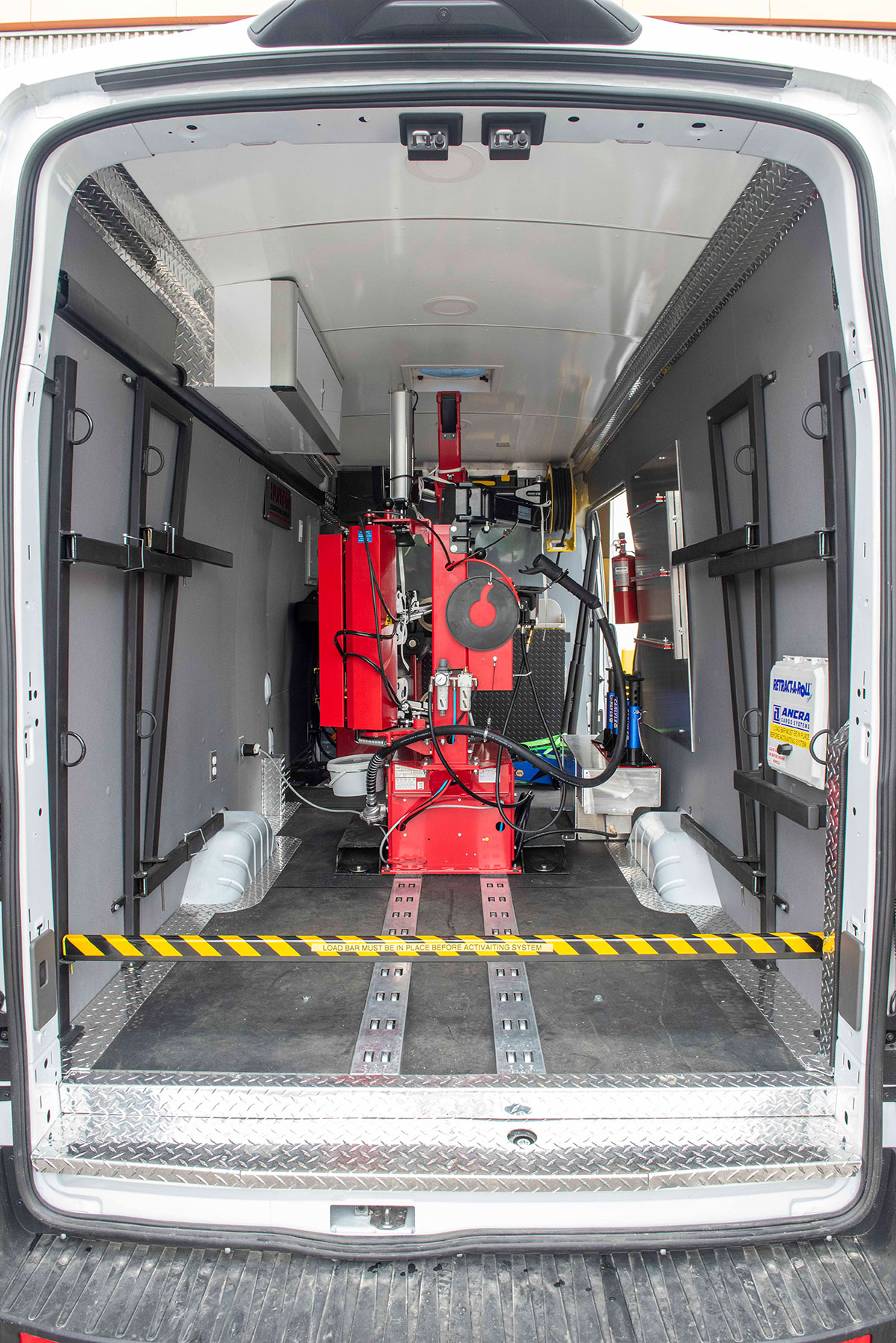Professional Mobile Tire Repair in Las Vegas - Quick Service Ensured
Professional Mobile Tire Repair in Las Vegas - Quick Service Ensured
Blog Article
Tire Solution: Proven Techniques for Optimal Tire Upkeep and Treatment
Keeping ideal tire condition is paramount for both safety and security and efficiency of any kind of automobile. From making certain appropriate tire stress to regular turning and placement, there are tested methods that can dramatically extend the lifespan of your tires and boost overall driving experience. As we discover the ins and outs of tire care and maintenance, we will certainly uncover essential guidelines that every car proprietor must abide by for the ideal possible results. Allow's dig right into the world of tire solution and uncover the tricks to keeping your tires in excellent form for the lengthy haul.
Value of Tire Pressure
Ample tire stress promotes much better fuel performance, as under-inflated tires can lead to enhanced rolling resistance, creating the engine to work more challenging and consume more gas. Right tire pressure makes sure also step wear, enhancing tire durability and conserving money in the lengthy run by delaying the demand for early replacements. Consistently checking and changing tire pressure, especially before lengthy trips, is a simple yet reliable means to enhance automobile efficiency, expand tire lifespan, and prioritize safety on the road.
Tire Rotation Guidelines
When taking into consideration tire turning standards, it is important to comprehend the significance of this maintenance task in taking full advantage of tire life expectancy and keeping optimum car performance. Tire turning entails transforming the placement of each tire on a lorry to ensure even tread wear. Front tires tend to wear faster than rear tires as a result of guiding forces, making routine rotation important for balanced wear patterns. The recommended rotation pattern differs relying on whether a lorry is front-wheel, rear-wheel, all-wheel, or 4x4. Commonly, tires should be rotated every 5,000 to 7,500 miles, or as advised in the vehicle guidebook. Disregarding tire turning can bring about unequal wear, impacting handling, traction, and possibly compromising automobile safety and security. By sticking to appropriate rotation standards, motorists can prolong the life of their tires, improve gas effectiveness, and enhance total driving experience. Routine rotation is a simple yet reliable maintenance practice that adds considerably to tire longevity and lorry performance.

Advantages of Wheel Placement
Making sure appropriate wheel alignment after tire rotation is vital for maintaining well balanced wear patterns and making the most of automobile efficiency. Wheel alignment refers to the modification of the angles of the wheels to the maker's specifications. One of the vital advantages of wheel alignment is improved guiding and handling action. When the wheels are effectively aligned, it minimizes guiding effort, ensuring a smoother and much more controlled driving experience. Furthermore, right wheel placement aids to expand the lifespan of your tires. Misaligned wheels can cause uneven tire wear, resulting in premature tire substitute and boosted upkeep expenses.

Tire Footstep Deepness Examine
Carrying out a normal inspection of tire walk depth is vital for maintaining secure driving problems and prolonging the life-span of your tires. The walk on your tires plays a crucial duty in providing grip, especially in slippery or wet problems. To examine your tire step depth, you can use a walk deepness gauge or the cent test. The advised step deepness goes to least 2/32 of an inch. It is time to replace your tires to guarantee ideal efficiency and security on the roadway if the walk deepness is listed below this limit. Unequal step wear can show concerns with tire stress, suspension, or alignment, highlighting the value of routine walk depth checks. Overlooking to keep track of and maintain proper step deepness can bring about minimized hold, longer braking distances, and an increased risk of hydroplaning. By incorporating tire step deepness checks right into your routine maintenance timetable, you can drive with self-confidence understanding that your tires are in top problem.
Seasonal Tire Evaluation
Seasonal tire inspection is a fundamental facet of tire upkeep that guarantees tires are ready to face the challenges posed by different climate problems. In preparation for wintertime, it is vital to inspect the tire pressure routinely as cold temperature levels can trigger tire pressure to drop. By performing regular seasonal tire assessments, chauffeurs can prolong tire life-span, improve fuel efficiency, and most notably, make sure a protected driving experience in varying climate problems.
Final Thought
To conclude, keeping appropriate tire pressure, revolving tires on a regular basis, lining up wheels correctly, monitoring step deepness, and performing seasonal examinations are essential practices for optimal tire care. By adhering to these verified methods, motorists can ensure their tires last much longer, perform far better, and add to total car safety and security. It is necessary to focus on tire maintenance to protect against mishaps, boost fuel efficiency, and lengthen the lifespan of tires.
Ample tire pressure advertises much better gas efficiency, as under-inflated tires can lead to boosted rolling resistance, causing the engine to function more challenging and eat more look at here fuel.When taking Discover More Here into consideration tire rotation guidelines, it is crucial to understand the value of this upkeep task in optimizing tire lifespan and preserving optimum vehicle performance. Seasonal tire assessment is a basic aspect of tire maintenance that guarantees tires are prepared to encounter the obstacles posed by different weather condition problems. By performing regular seasonal tire inspections, chauffeurs can extend tire life expectancy, boost gas performance, and most notably, ensure a secure driving experience in varying weather conditions.
In conclusion, maintaining proper tire pressure, turning tires frequently, lining up wheels properly, keeping an eye on step deepness, and carrying out seasonal assessments are necessary methods for ideal tire care.
Report this page